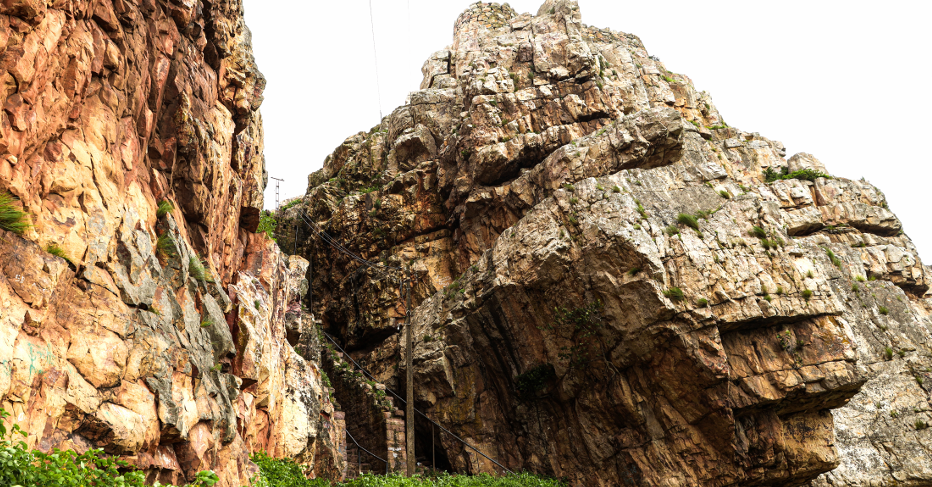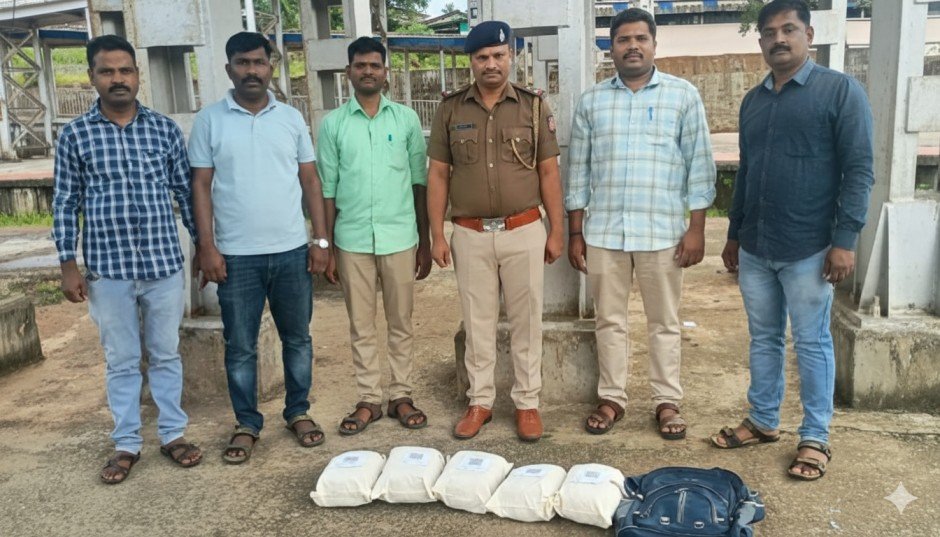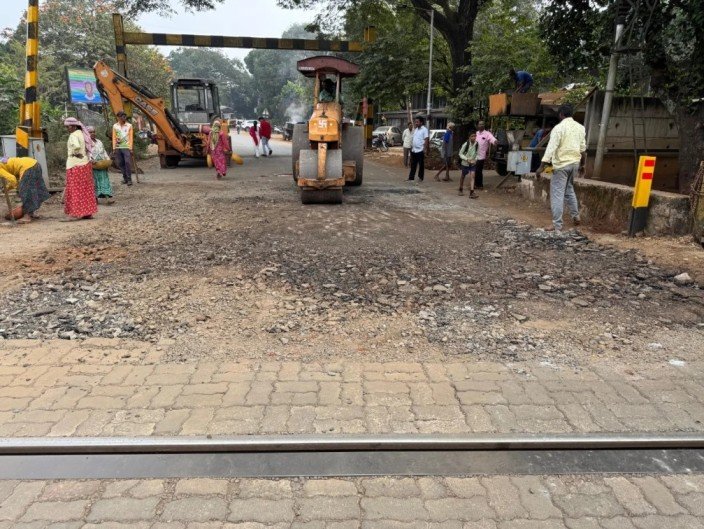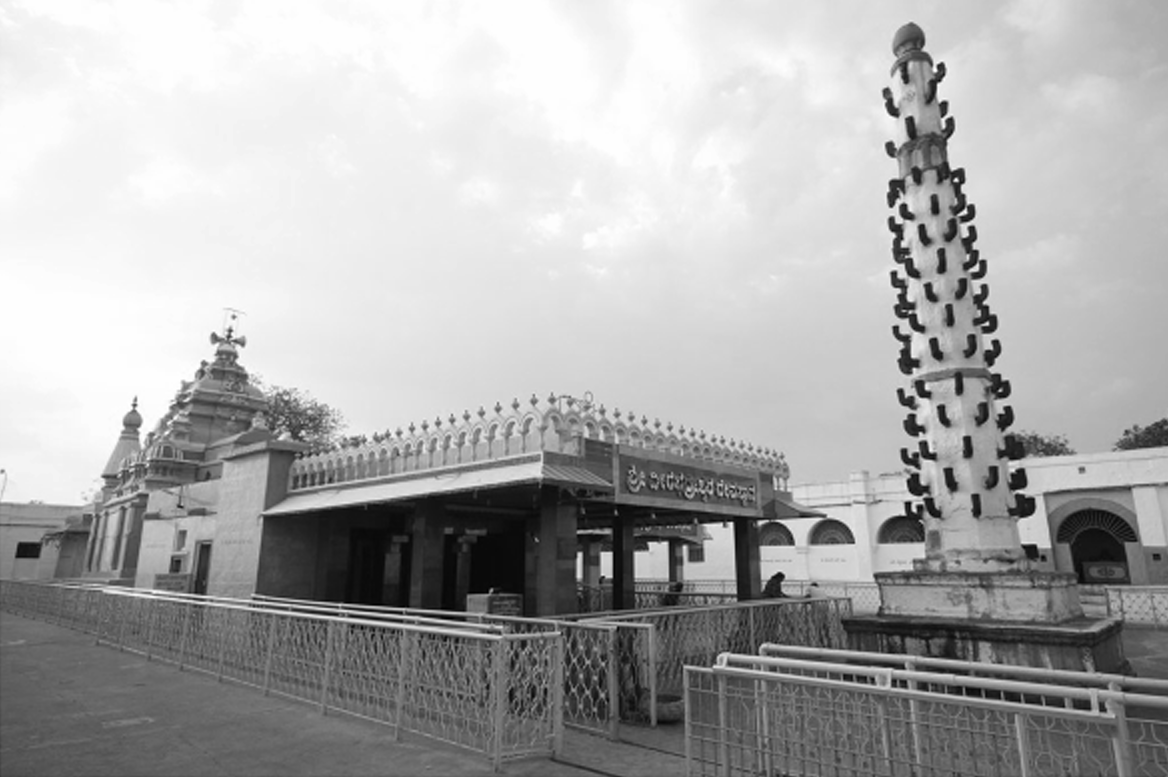

Walk the ancient steps to Parasgad, where nature and mythology meet.
Parasgad Fort, a lesser-known but historically rich hill fort, sits in ruins near Saundatti, around 2 km south of the town, in Belgaum district, Karnataka. Built in the 10th century by the renowned Ratta dynasty, this fortress on a rocky hilltop commands stunning views of the surrounding black-soil plains and holds within it remnants of a bygone era.
For Reference: https://en.wikipedia.org/wiki/Parasgad_Fort
The hill itself is rugged and dramatic, stretching 500 meters north to south, and 300 meters east to west, with steep, rocky slopes and thorny brushwood adding to its wild charm. A deep gorge runs through the hill, emphasizing its natural fortification.
Although the fort is now uninhabited, visitors can still find the ruins of old houses and a shrine to Lord Maruthi (Hanuman) at its summit. The fort’s quiet and desolate nature evokes a sense of timelessness, perfect for those seeking solitude and heritage in one place.
From the top of the hill, a steep descent of several hundred stone steps leads to Yadravi village, home to a natural spring-fed tank called Ramatheertha (measuring 30 x 6 meters). Nearby is a mystical cave that houses statues of Hindu deities and mythological icons, including Jamadagni, Parashurama, Rama, Sita, and a Shivalinga with Nandi. The entire path feels like a spiritual trail, lined with echoes from India’s epic past.
An ancient inscription found near Bharamappa Temple in Yadravi refers to the village as “Elarame”, and is dated to Shaka 901, placing it firmly in early medieval Indian history.
Best time to visit: October to March, when the weather is pleasant and trekking is more comfortable.
How to reach: Easily accessible by road from Savadatti (2 km) or Belagavi (about 80 km).
Travel tip: Carry water, wear trekking shoes, and take a flashlight for exploring the cave. The descent to Yadravi is steep and scenic, best enjoyed during daylight.







